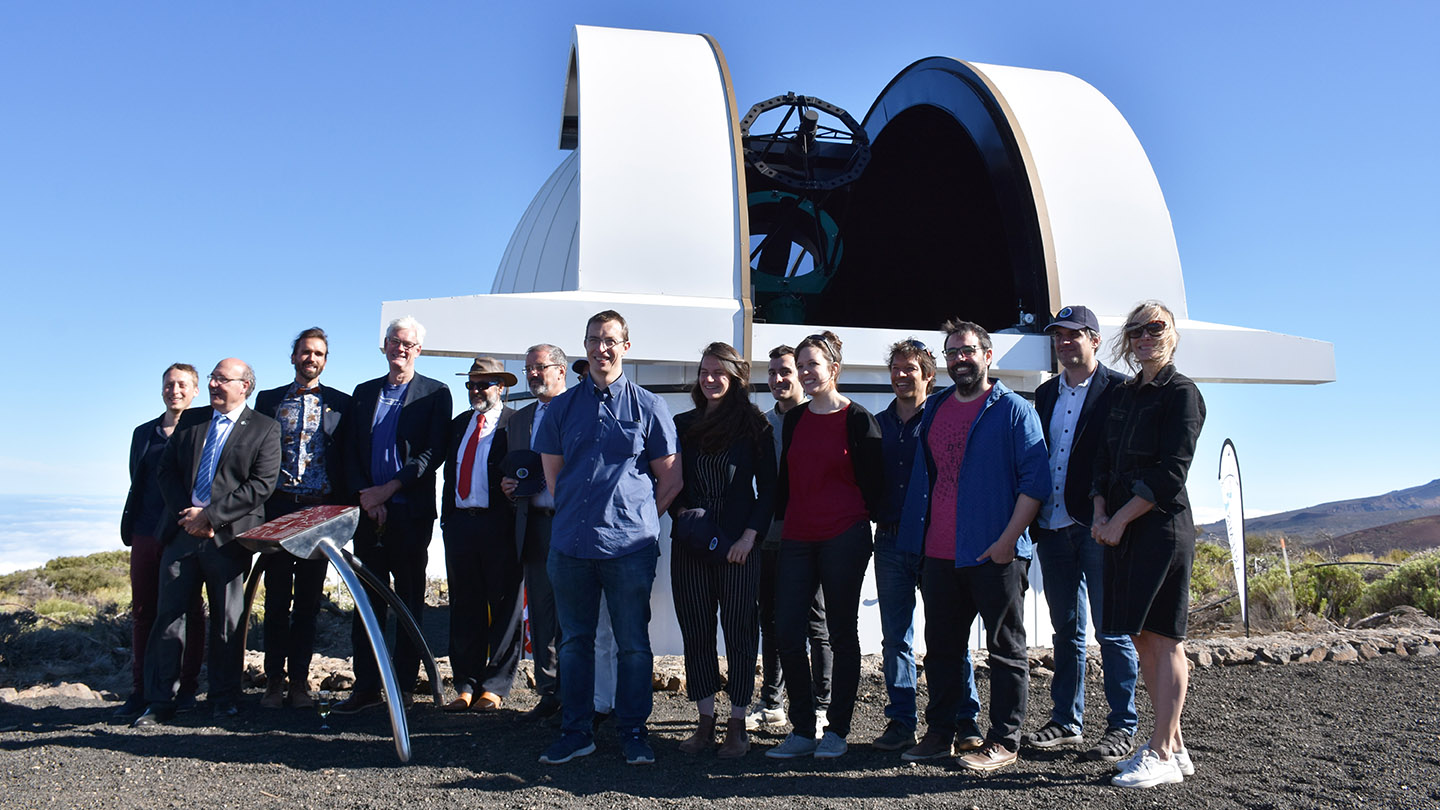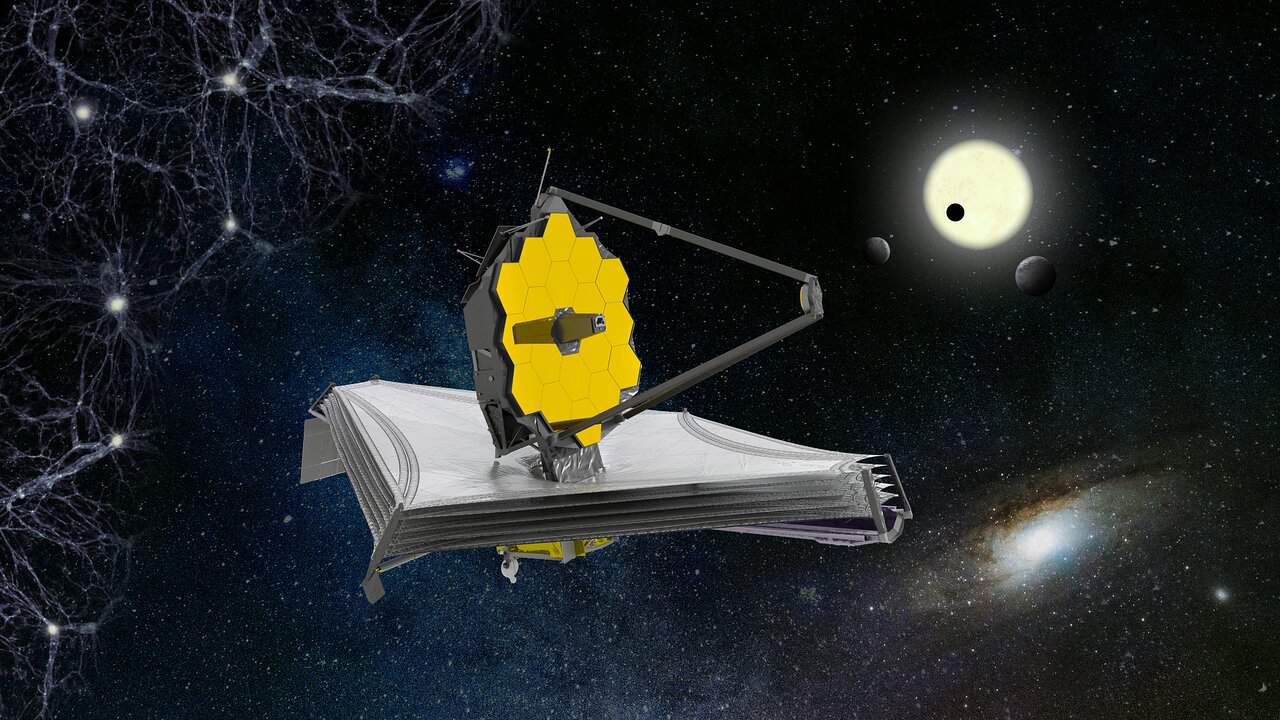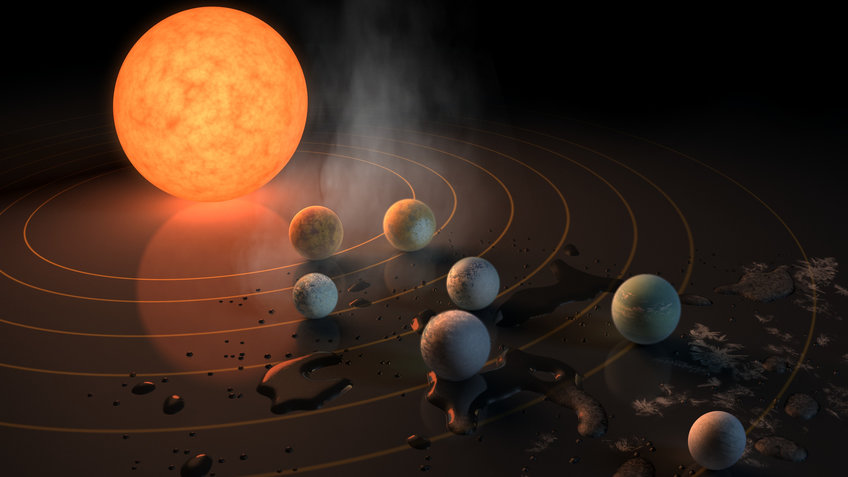Research
I am interested in terrestrial planets orbiting ultra-cool stars, in particular planets within their habitable zone.
Considering the

SPECULOOS:
During my PhD I have had the chance to be involved in all the aspects of the
SPECULOOS project: technical monitoring and on-site missions, scheduling of the observations, robotic operations, data reduction, data analysis and
most important of all the interpretation of the results. One of my objectives as a PhD student was to work on the selection and implementation of
the observational strategy of the SPECULOOS survey. In that regard I developed a python
package to help the planification of all observations on the SPECULOOS telescopes, either
core or external programs (see codes).

JWST:
Since Oct 2021 I have joined the JWST/MIRI GTO ExoMIRI
science team at CEA to work on "unveiling the atmospheric composition of the TRAPPIST-1 planets with MIRI",
a project for which I was granted the Paris Region Fellowship, an EU co-founded Marie Sklodowska-Curie Action (MSCA) grant.
For this purpose, I have been highly involved in the analysis of 5 secondary eclipses -when the planet passes behind the star as seen from the observer-
of the planet TRAPPIST-1 b at 15 microns and 5 others at 12.8 microns. From this measurement we measured the brightness temperature of the planet
in the two bands
This project has been recently completed and presented in a paper (see publications).
Since Oct 2023, I have joined the Observatory of Paris-PSL
to work more generally on the "characterization of the atmospheres of rocky to Sub-Neptunes planets with the JWST", a project for which I was granted
the Paris Observatory-PSL fellowship .
Finally, I have a strong interest in astrobiology.

The TRAPPIST-1 system:
A great part of my PhD was dedicated to the in-depth study of the Trappist-1 system. Notably, I have had the chance to lead the analysis of more than
1000 hours of observation of the system with the Spitzer space telescope and
I have been in charge of the organisation of the Trappist-1
follow up with SPECULOOS for the last three years.
Codes
spock_v2:
To help scheduling observations on the SPECULOOS telescopes I have developed
this python package that aims at improving and facilitate the scheduling of observations on the
SPECULOOS telescopes (6 telescopes + 2
TRAPPIST telescopes). spock computes weekly or monthly observations plans for each telescope, taking into account
several constraints such as the location of the observatory, the visibility of the target,
the duration of observations, the airmass,
the number of hours surveyed and the priority of the target (based on its stellar properties). Besides, as SPECULOOS telescopes are spread over three locations in the world spock
plays a key role in the coordination of the observation between different observatories (SSO, SNO and SAINT-EX).
All source codes can be found on my Github page and a comprehensive documentation (in dev) is available
here.

Since Oct 2021 I have joined the JWST/MIRI GTO ExoMIRI science team at CEA to work on "unveiling the atmospheric composition of the TRAPPIST-1 planets with MIRI", a project for which I was granted the Paris Region Fellowship, an EU co-founded Marie Sklodowska-Curie Action (MSCA) grant. For this purpose, I have been highly involved in the analysis of 5 secondary eclipses -when the planet passes behind the star as seen from the observer- of the planet TRAPPIST-1 b at 15 microns and 5 others at 12.8 microns. From this measurement we measured the brightness temperature of the planet in the two bands This project has been recently completed and presented in a paper (see publications). Since Oct 2023, I have joined the Observatory of Paris-PSL to work more generally on the "characterization of the atmospheres of rocky to Sub-Neptunes planets with the JWST", a project for which I was granted the Paris Observatory-PSL fellowship . Finally, I have a strong interest in astrobiology.

The TRAPPIST-1 system:
A great part of my PhD was dedicated to the in-depth study of the Trappist-1 system. Notably, I have had the chance to lead the analysis of more than
1000 hours of observation of the system with the Spitzer space telescope and
I have been in charge of the organisation of the Trappist-1
follow up with SPECULOOS for the last three years.
Codes
spock_v2:
To help scheduling observations on the SPECULOOS telescopes I have developed
this python package that aims at improving and facilitate the scheduling of observations on the
SPECULOOS telescopes (6 telescopes + 2
TRAPPIST telescopes). spock computes weekly or monthly observations plans for each telescope, taking into account
several constraints such as the location of the observatory, the visibility of the target,
the duration of observations, the airmass,
the number of hours surveyed and the priority of the target (based on its stellar properties). Besides, as SPECULOOS telescopes are spread over three locations in the world spock
plays a key role in the coordination of the observation between different observatories (SSO, SNO and SAINT-EX).
All source codes can be found on my Github page and a comprehensive documentation (in dev) is available
here.
All source codes can be found on my Github page and a comprehensive documentation (in dev) is available here.